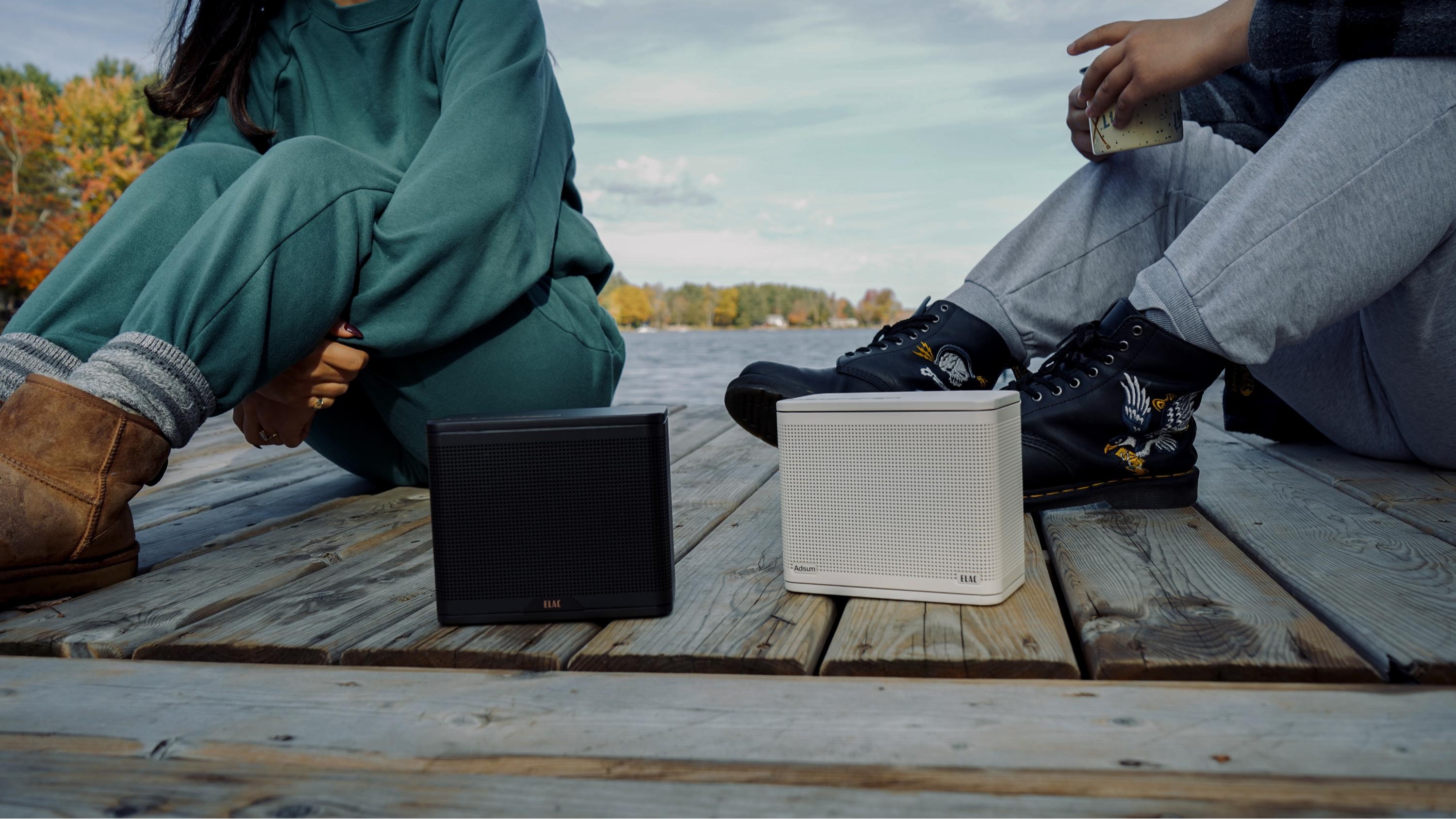LG’s C-series OLED TVs are good, but they could be so much better – here’s how
Small changes could go a long way, especially on LG's step-down OLEDs
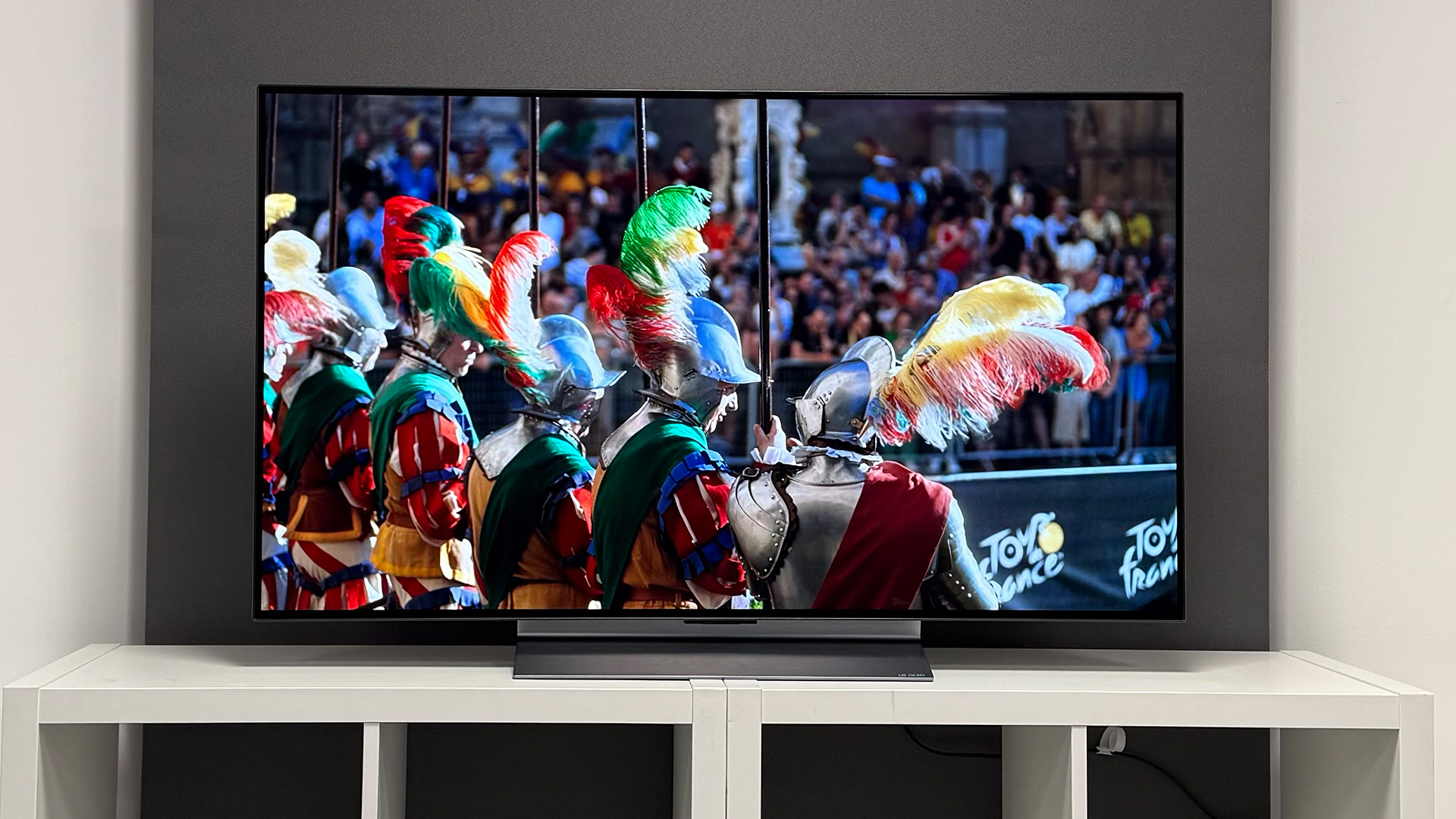
If you’re looking to buy an OLED TV but don’t fancy paying flagship prices, then there is a strong chance you’re considering an LG C-series. There are two reasons I’m fairly certain of that.
First, because the sets have a very strong track record in our test rooms. This is currently demonstrated by the presence of not one, but two C-series models in our best OLED TV buying guide.
Equally, look at recent winners in the What Hi-Fi? Award best TV category over the past few years and you’ll see more than a few C-series sets pop up.
Second, because LG confirmed the C-series sets are a key factor that has helped it claim a 12-year lead in OLED TV sales mere months ago.
So all-in-all, they’re popular – and for good reason.
But, after sitting in our viewing rooms reviewing both the 48-inch LG C5 and 55-inch LG C5, comparing them to rivals, I couldn’t help but think that there are three easy ways the series could be made even better.
Here’s how.
The latest hi-fi, home cinema and tech news, reviews, buying advice and deals, direct to your inbox.
1. A design refresh

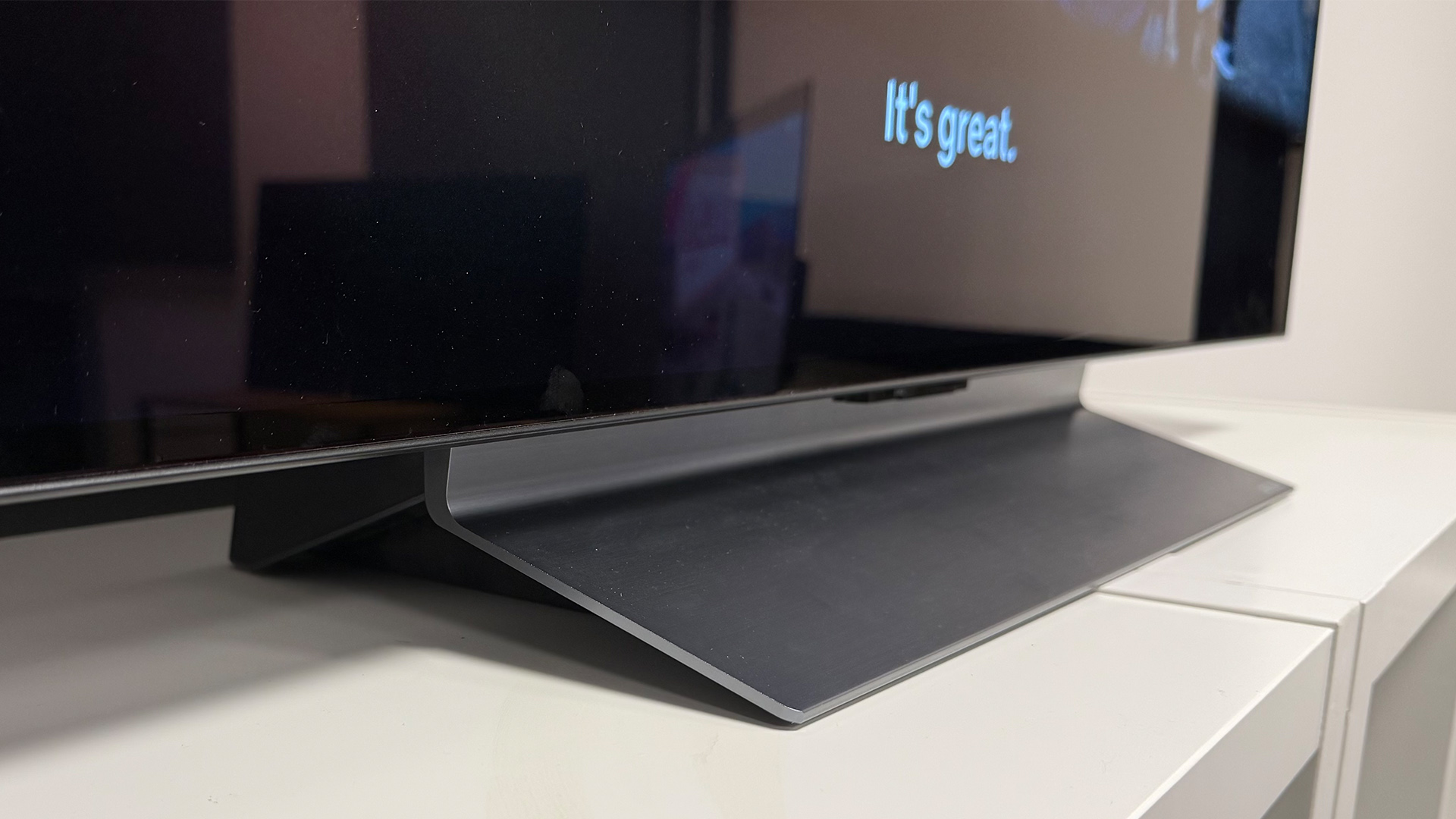
TVs by design are not meant to be flashy. They’re designed to sit in the background and let you focus on what’s playing on screen.
But even with that in mind, there’s no denying the LG C-series’ design could do with some quality of life improvements. There’s two in particular I’d like.
First is a rethink of their stand designs. While we like that the C-series has a small enough central stand to sit it on most AV racks, there are some usability problems, especially if you want to plonk a soundbar in front of the set.
The stand has an awkward angle that makes it impossible to place a soundbar flat on it, and it only has one height option. This means if you have a particularly large soundbar, say the Sennheiser Ambeo Max, it will block part of the screen, even on the 55-inch model. Finally, it would be nice to see LG add a swivel mechanism to make it easier to access the TV’s ports, or adjust the viewing angle on the fly. I've always loved the latter feature on Panasonic sets in particular.
Second, I’d like LG to modernise the C-series controller, which has remained largely unchanged, especially in Europe. The chunky, plastic Magic Remote could do with a downsizing and the addition of backlighting – which is a big deal if you watch films in the dark, as any serious home cinema fan should.
I'd also welcome rechargeable batteries being added, since these have become common on Samsung sets.
2. A heatsink
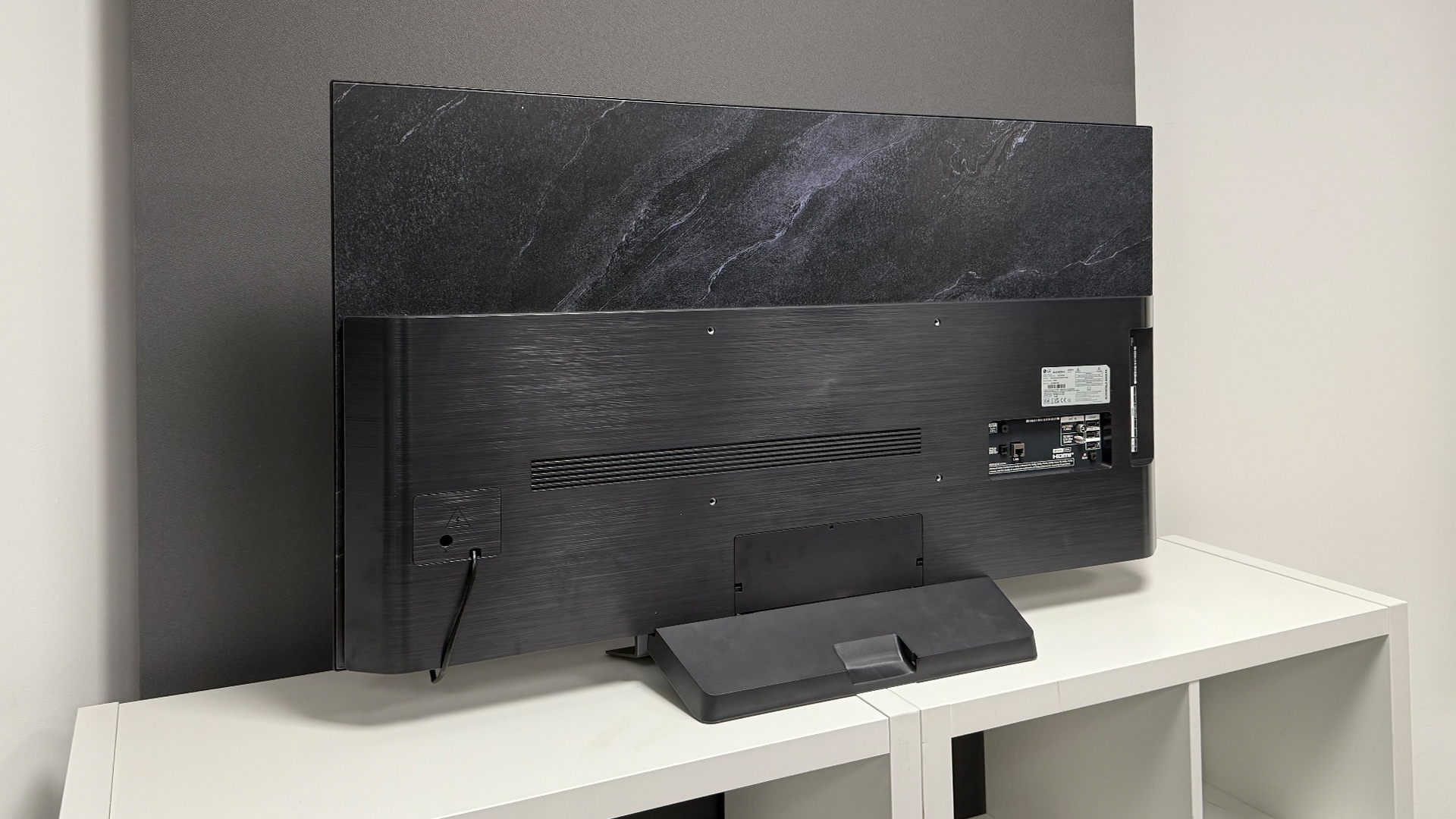
Myself and the team have seen screen quality improvements on each generation of the LG C-series to varying degrees. But at a core level, most of these are down to the chipset they use, rather than big changes to the display's hardware. Every generation up to the C5 still uses a WOLED panel, for example.
The team and I had hoped to see this change in 2025, secretly praying the firm’s now retired micro lens array (MLA) tech would trickle down from its flagship G-series models to the C-series. But instead the company replaced MLA with new Primary RBG Tandem OLED tech and sent that MLA tech to the same farm as 3D TVs.
So now, we’ve tempered our expectations and added a heatsink to our wish list instead. This would be particularly beneficial for the smaller models, where we’ve seen much more modest year-on-year improvements.
Most recently this was evidenced by our 48-inch C5 review, where we openly reported that a lack of significant progress means it’s no longer a no-brainer purchase – especially if you already own an LG C2 or similar OLED. Testing the new set, brightness gains proved to be very modest and we once again saw a loss of colour volume in particularly dark scenes.
Smaller sets tend to get tuned more conservatively as their denser pixel structure means they heat up more, impacting picture quality and potentially causing damage. So a heatsink can make a massive difference on 48-inch and 42-inch models, giving LG more brightness headroom to play with.
But as we’ve seen testing larger OLEDs with a heatsink, it can lead to palpable improvements on 55-inch and above sizes too, especially when it comes to peak and sustained brightness levels.
3. Better audio
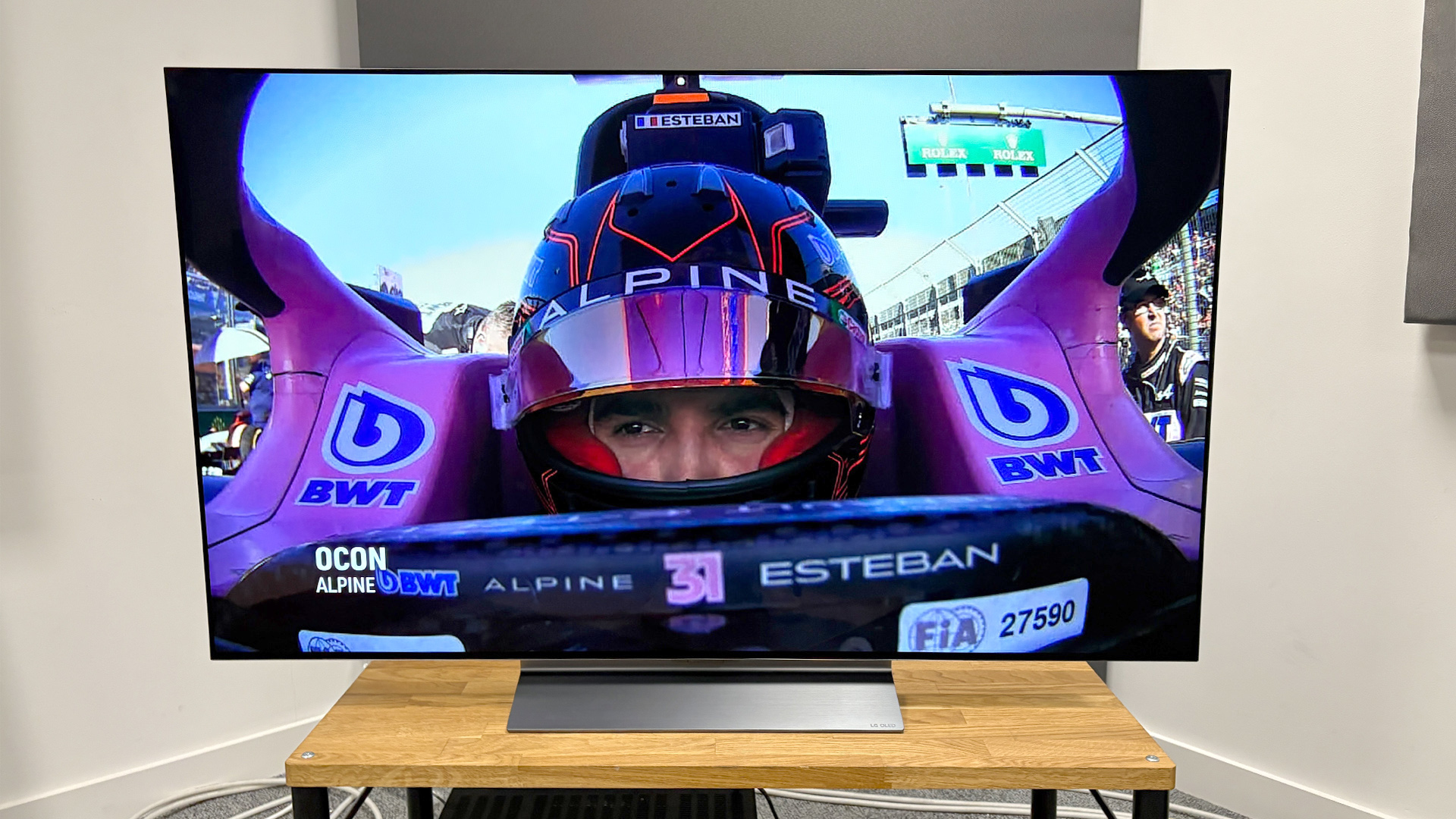
Third and finally, I’d like to see LG improve its C-series’ audio performance. This is especially true following our latest reviews, where we found both sizes struggled in this regard.
Here’s what we said about the 55-inch C5’s audio: “We deem the C5 to sound merely fine.”
And the 48-inch C5: “On a set this size, audio quality is usually one of the main compromises you have to put up with... Based on our testing, this remains the case with the 48-inch C5.”
Yes, the team and I always recommend investing in a price appropriate soundbar with an OLED as we’re yet to find any set with a truly immersive in-built system. But the truth is this is one area the C-series in particular hasn’t kept pace with rivals.
Having run them head-to-head, key rivals including the Sony Bravia 8 just sound better, offering more detail and directionality. Next year I’d really like LG to at the very least catch up.
MORE:
These are the best 65-inch TVs we’ve reviewed
We rate the best Dolby Atmos soundbars
Our picks of the best 40-inch TVs

Alastair is What Hi-Fi?’s editor in chief. He has well over a decade’s experience as a journalist working in both B2C and B2B press. During this time he’s covered everything from the launch of the first Amazon Echo to government cyber security policy. Prior to joining What Hi-Fi? he served as Trusted Reviews’ editor-in-chief. Outside of tech, he has a Masters from King’s College London in Ethics and the Philosophy of Religion, is an enthusiastic, but untalented, guitar player and runs a webcomic in his spare time.
You must confirm your public display name before commenting
Please logout and then login again, you will then be prompted to enter your display name.
